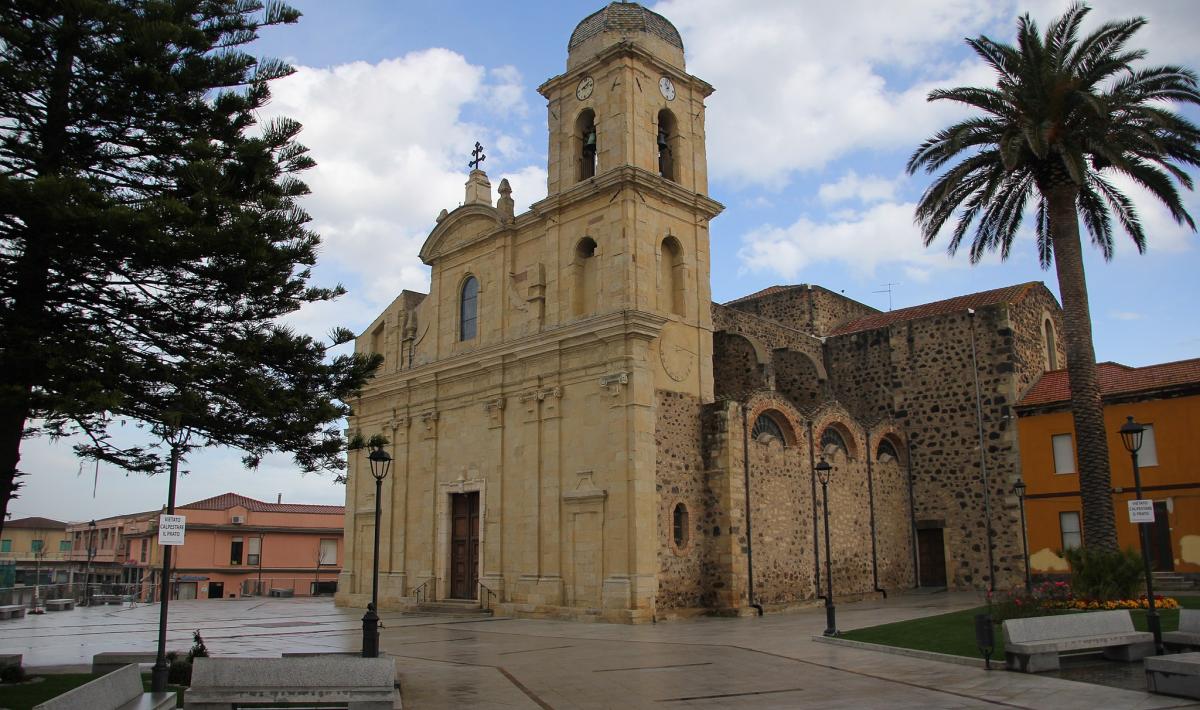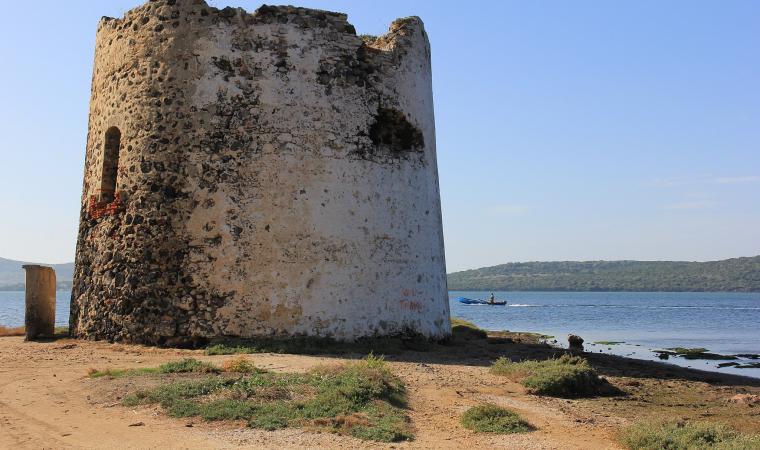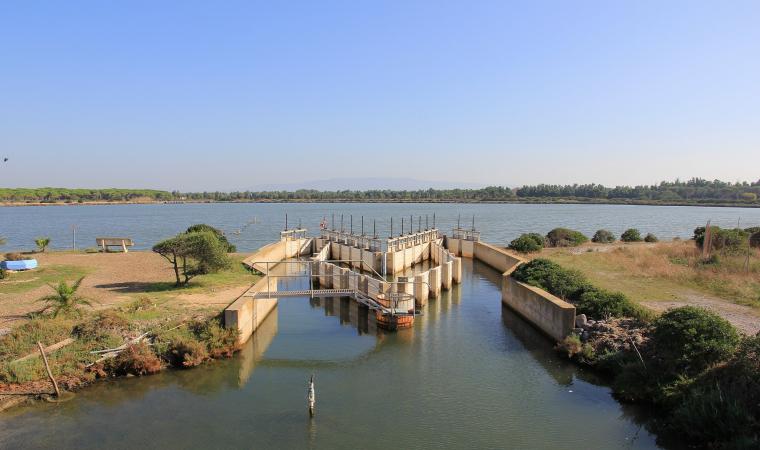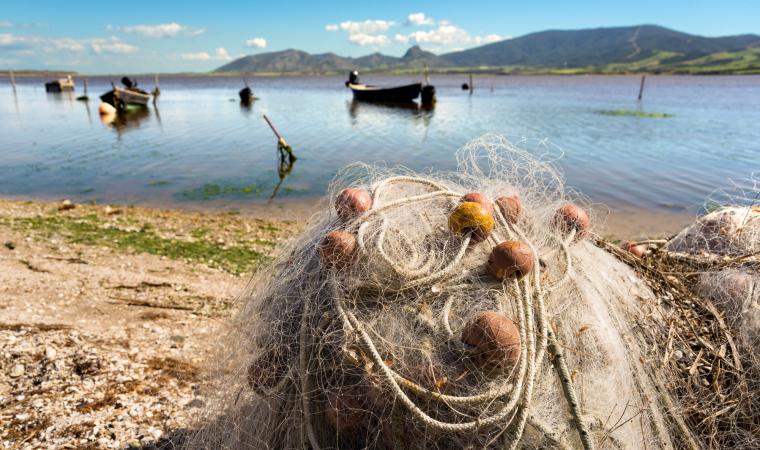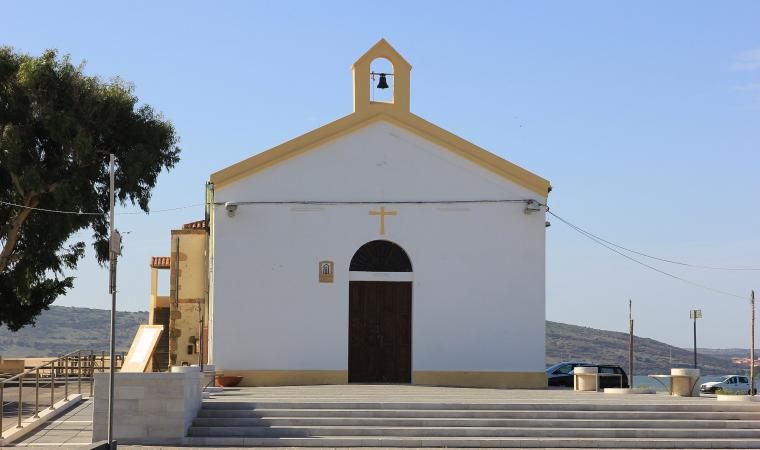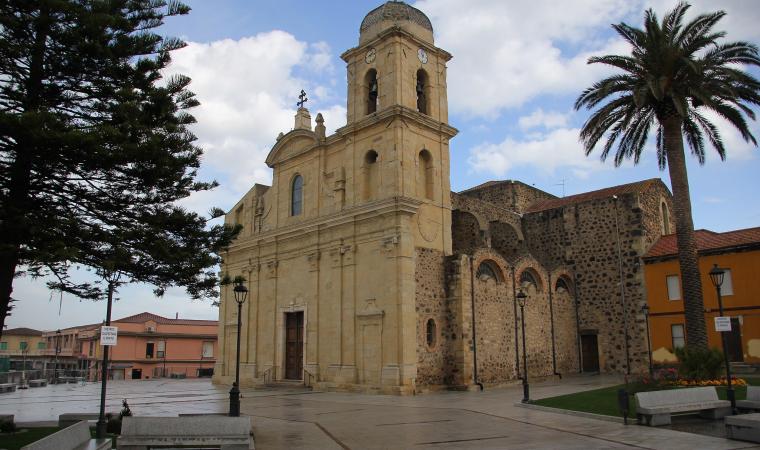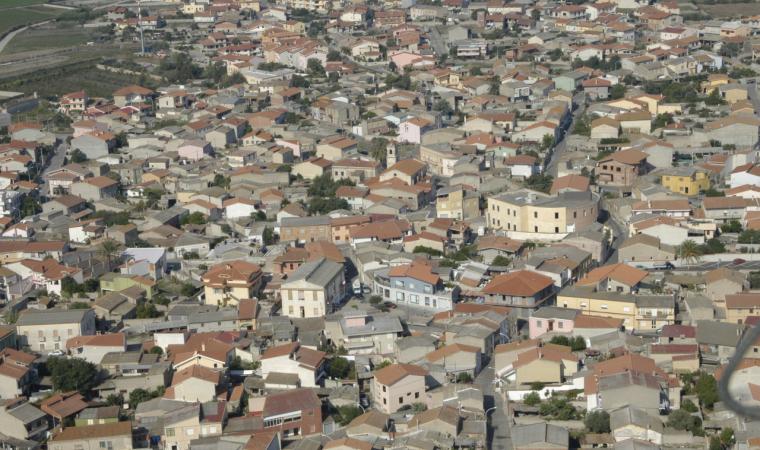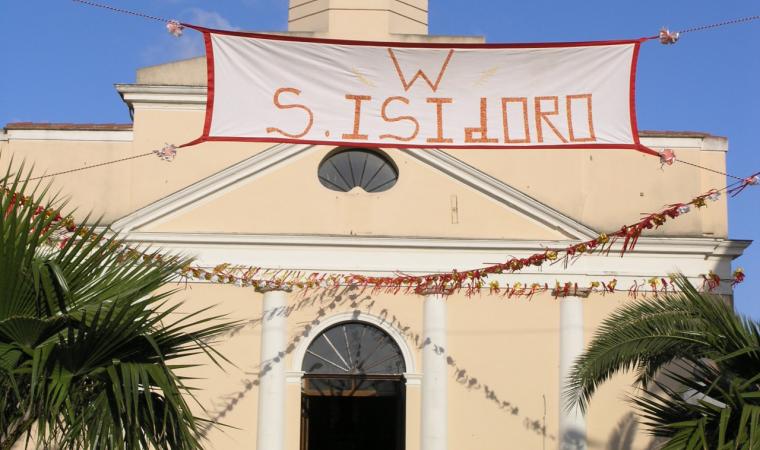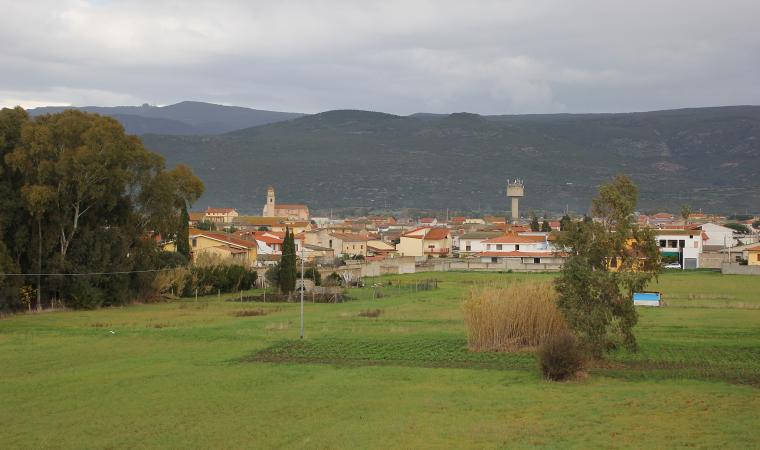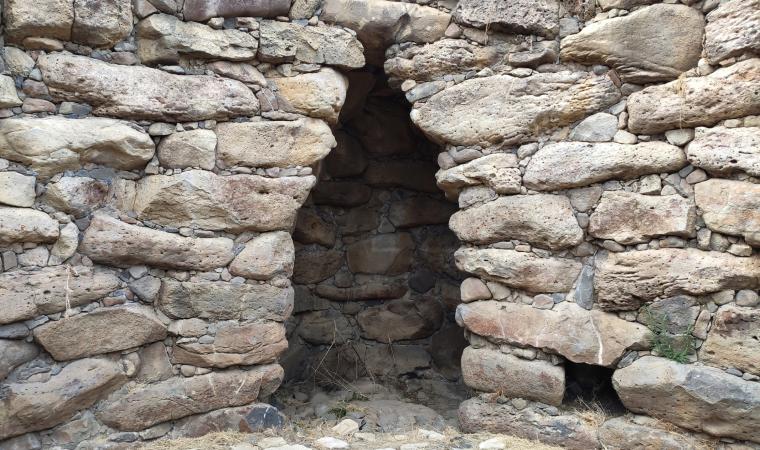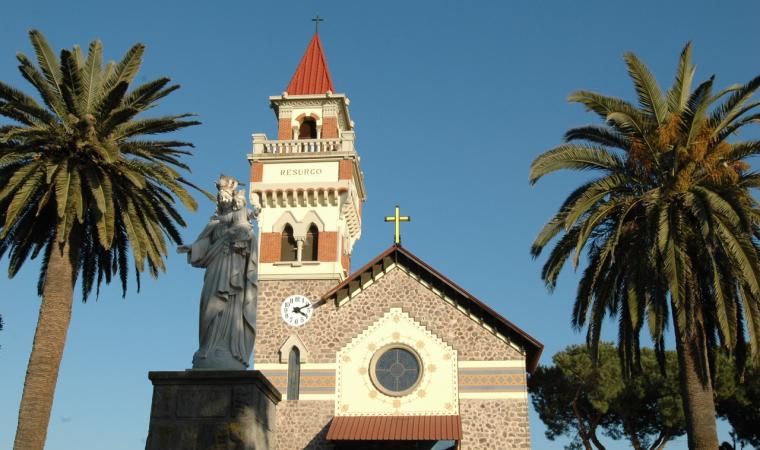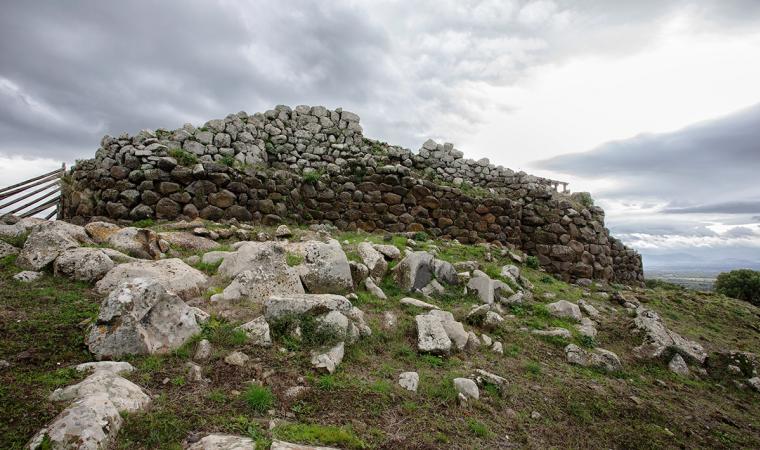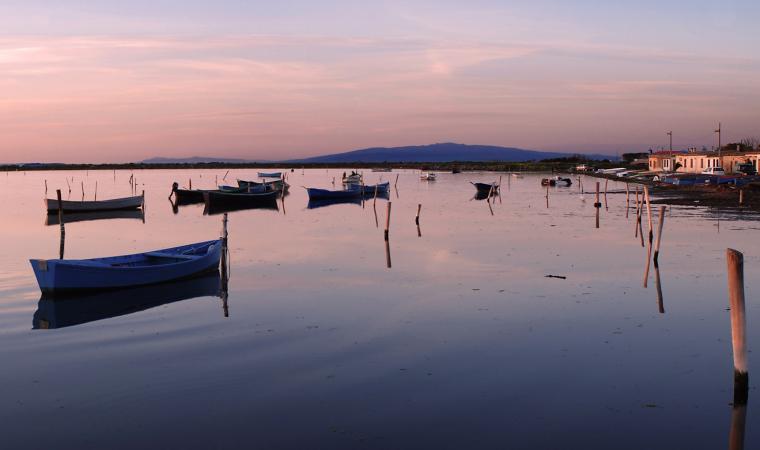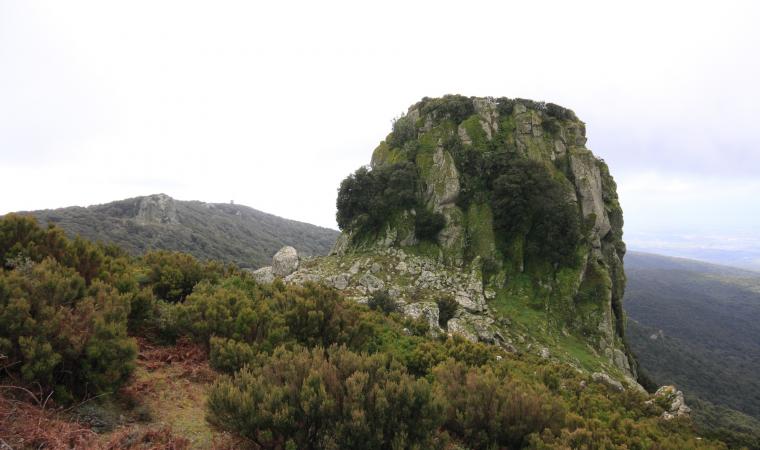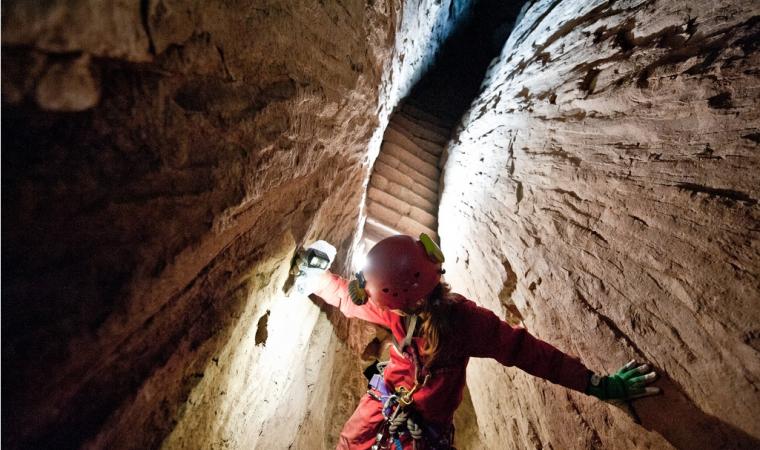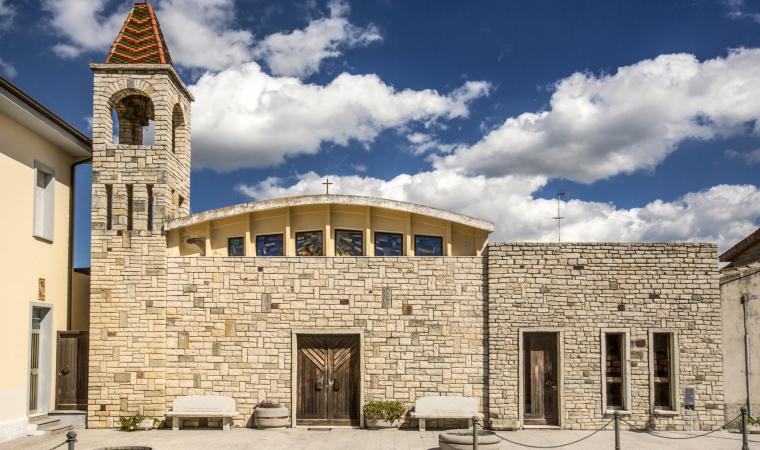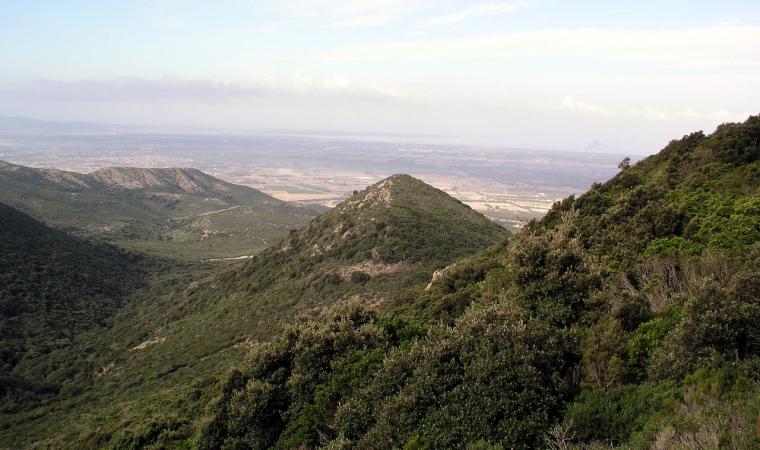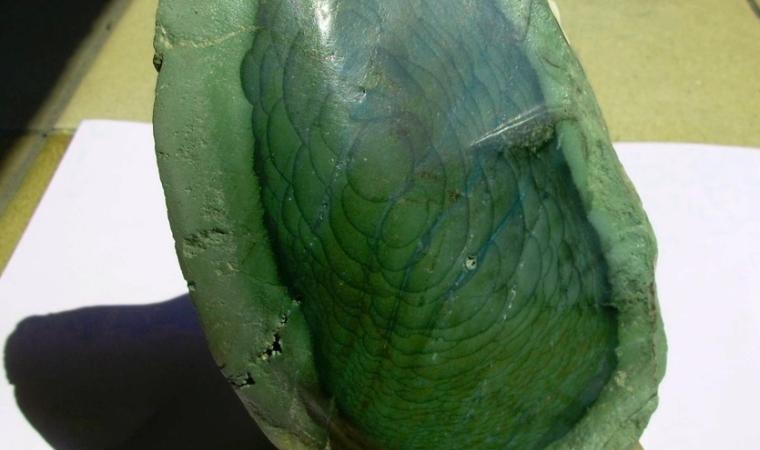Between the inlets of the Laguna di Marceddì and the Stagno di San Giovanni, where Neapolis once reigned, a city founded by the Phoenicians and subsequently occupied by the Punic, then Roman and Byzantine populations, stands Terralba, a small town on the Campidano plane in the Oristano sub-region, 25 kilometres away. Known for its gavina watermelons and the communal winery (established in 1948), which produces monica and nuragus wines, Terralba is the second most populous town in the Province of Oristano, with over ten thousand inhabitants. The lagoon and pond, which together form a protected ecosystem stretching over 1,800 hectares, are home to over 5,000 birds. There are rare species such as the purple heron, western marsh harrier, pink flamingo and the western swamphen. The area contains many fish varieties, hence why fishing has always been practiced. From the hamlet of Marceddì, twelve kilometres from the city, come eels, mullets, wedge clams and mussels (nieddittas). The village, enriched by the Museo del Mare (Sea Museum), comes alive after Ferragosto on the occasion of the Sagra della Madonna di Bonaria, with processions on the ground and on the pond.
Legend has it that here once stood the village of Osea, founded by Hercules Libycus some 364 years before Rome (1000 BC). The Saracen raids forced the inhabitants to move to nearby Neapolis, surrounded by walls with angular towers and aqueducts, the ruins of which can be seen in the Stagno di San Giovanni. The city, grand and beautiful in the late Imperial era, was also important in the early Middle Ages. It fell around the year 1000 at the hands of the Barbarians. Perhaps in 1017, the survivors founded Terralba, which replaced it as the capital of the curatoria within the Giudicato of Arborea and as the bishop’s seat. The toponym appeared in 1048, coming from terra (land) and alba (clear). With the Neapolitans, Bishop Mariano I was also transferred. At that time in Terralba, there was the Chiesa di Santa Maria, the episcopal ‘dimension’ and the immediate prosperity providing the resources to build in 1144 the Romanesque church in honour of the patron saint, San Pietro. Built between 1820 and 1933 on this ancient (ruined) layout was the new majestic Cattedrale di San Pietro, in late-Baroque form, which contains Neapolis capitals and the former cathedral, baptismal font and wooden pulpit from the 17th century, along with a precious silver cross and statues of the saint and of the Madonna. The patron saint is celebrated at the end of June. Another sanctuary in the inhabited area is that of the Church of San Ciriaco, founded in 1741 and re-consecrated in 1958, which preserves a painting by Padre Lilliu, a sarcophagus of Mary as a child, a tabernacle from the previous building, and two statues of the saint, the smaller of which is used during the procession on 8th August. From the beginning of the 20th century are two Art Nouveau buildings, the elementary schools in Via Roma and the municipal house. From the feudal era, there are three coastal towers: Flumentorgiu, Marceddì and Torre Nuova. The ‘daughter’ of the 1919-28 reclamation is the fraction Tanca Marchese where, in mid-January, the Fuochi di Sant’Antonio Abate are lit, traditionally beginning of the carnival, characterised by allegorical parades with zeppole and malloreddus alla Campidanese. The first human settlements (in San Giovanni, San Ciriaco and Bau Angius) date back to the 7th millennium BC, thanks to the fertile soils, fish-filled basin and obsidian deposits of Monte Arci. Terralba also offers Nuraghic sites, including the Villages of Pomata and Coddu su Fennugu, along with a density of Punic testimonies (late-5th to late-3rd century BC) unlike any other Mediterranean context. In the locality of Pauli Putzu, ten Roman tombs were found together with grave goods, whilst a basin from a farm was discovered in the city. Some finds are kept in the Eliseo historical-ethnographic museum.

